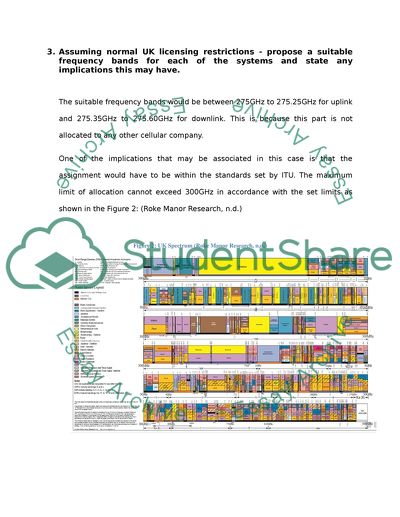Cite this document
(“Mobile Computing Technologies Essay Example | Topics and Well Written Essays - 3000 words”, n.d.)
Retrieved from https://studentshare.org/information-technology/1613607-mobile-computing-technology-assignment-201213
Retrieved from https://studentshare.org/information-technology/1613607-mobile-computing-technology-assignment-201213
(Mobile Computing Technologies Essay Example | Topics and Well Written Essays - 3000 Words)
https://studentshare.org/information-technology/1613607-mobile-computing-technology-assignment-201213.
https://studentshare.org/information-technology/1613607-mobile-computing-technology-assignment-201213.
“Mobile Computing Technologies Essay Example | Topics and Well Written Essays - 3000 Words”, n.d. https://studentshare.org/information-technology/1613607-mobile-computing-technology-assignment-201213.


